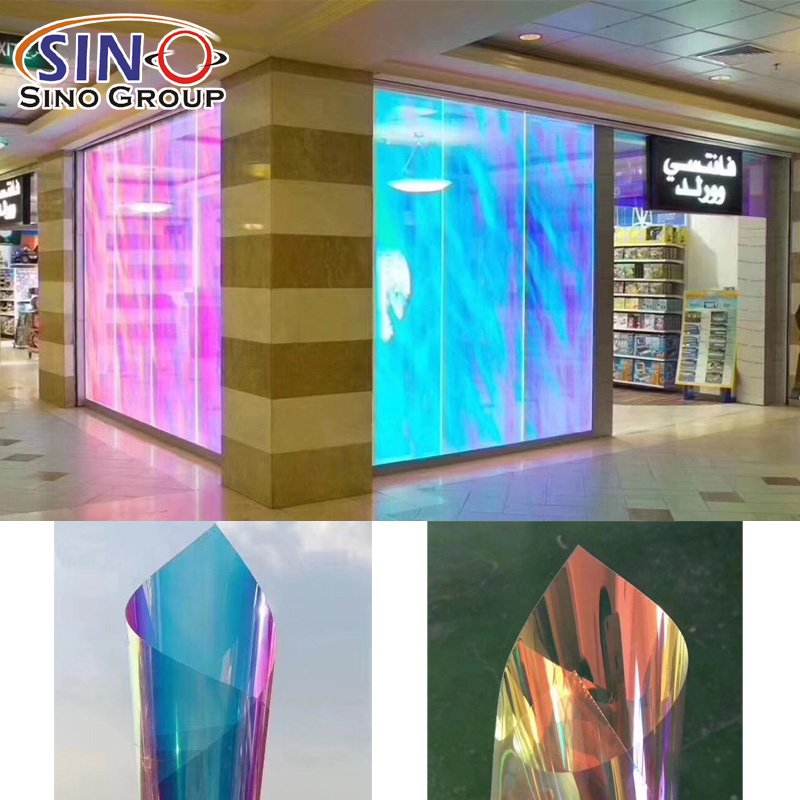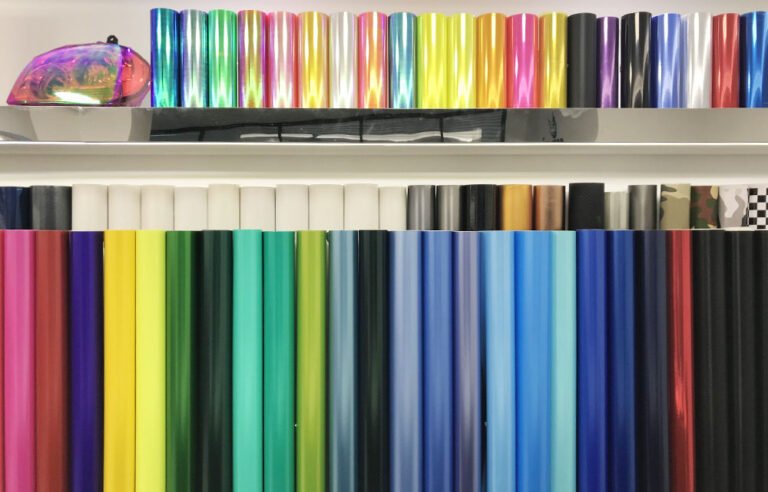Safety Precautions
Safety measures are paramount when it comes to removing window film from glass. This process involves the use of tools, heat, and potentially chemical solvents, which can pose risks if not handled properly. Here are some key points regarding the importance of safety measures:
1. Protection from Heat and Steam:
– Heat Guns or Hair Dryers: These tools can generate high temperatures, which can cause burns or damage if not used carefully. It’s essential to wear heat-resistant gloves to protect your hands and forearms.
– Steamers: While they don’t reach as high temperatures as heat guns, steamers still emit hot steam. Eye protection and gloves are advisable to prevent burns.
2. Avoiding Chemical Exposure:
– Chemical Solvents: If you’re using solvents, ensure you’re in a well-ventilated area to minimize inhaling fumes. Wear safety goggles to protect your eyes from potential splashes.
3. Protection from Sharp Tools:
– Razor Blades or Scraper Tools: These are commonly used for scraping off adhesive residue. It’s crucial to handle them carefully to avoid cuts or injuries. Always work with the blade facing away from you and use a proper grip.
4. Eye Protection:
– Safety goggles or glasses are essential, especially when using tools that could generate debris, such as scraping tools.
5. Proper Ventilation:
– Adequate ventilation helps in dissipating fumes from chemical solvents and ensures you’re working in a safe environment.
6. Use of Respirators or Masks:
– If you’re working in a confined space or an area with poor ventilation, consider wearing a respirator or mask to protect yourself from inhaling potentially harmful chemicals or fumes.
7. Protective Clothing:
– Consider wearing long sleeves and pants to protect your skin from any accidental contact with solvents or hot surfaces.
8. Adequate Lighting:
– Proper lighting helps you see clearly, reducing the chances of accidents or mistakes during the removal process.
9. Working at a Comfortable Height:
– Ensure you’re working at a height that is comfortable and safe. Using a stable ladder or platform can prevent accidents due to overreaching or losing balance.
10. First Aid Kit On Hand:
– Accidents can happen even with the best precautions. Have a first aid kit nearby in case of minor injuries.
By following these safety measures, you’re not only protecting yourself from potential harm but also ensuring that the removal process is carried out smoothly and efficiently. It’s important to prioritize safety above all else to create a secure environment for yourself while working on this task.
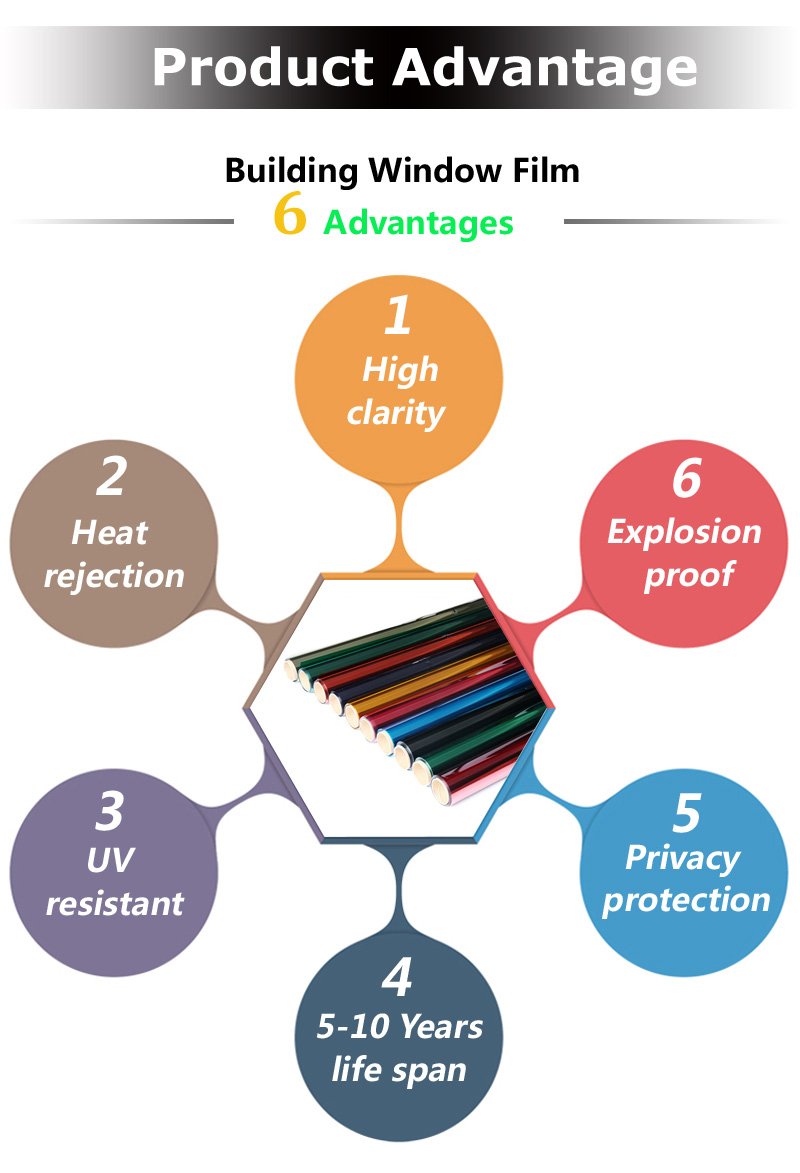
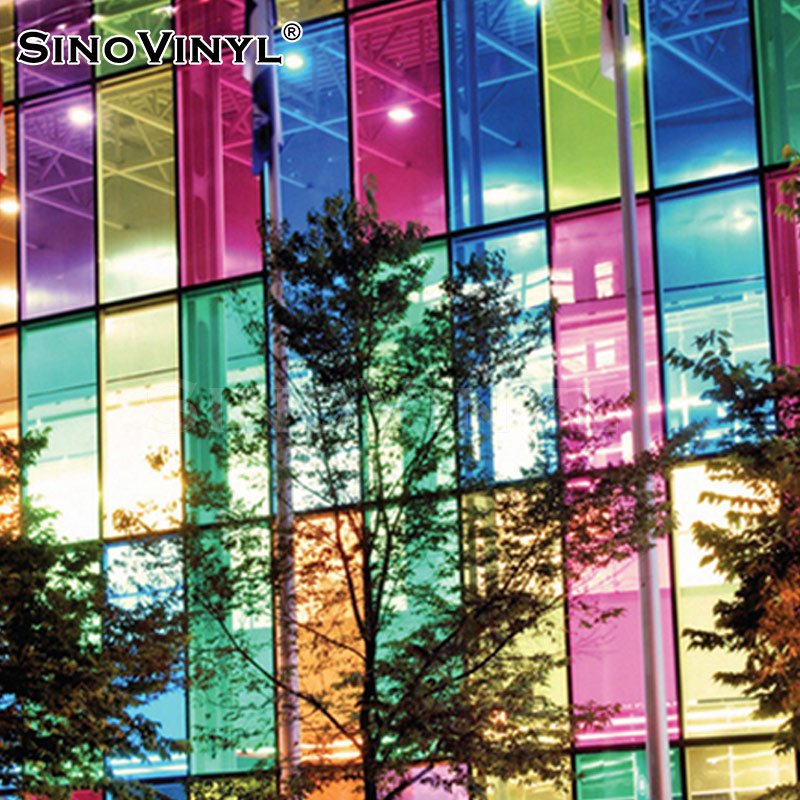
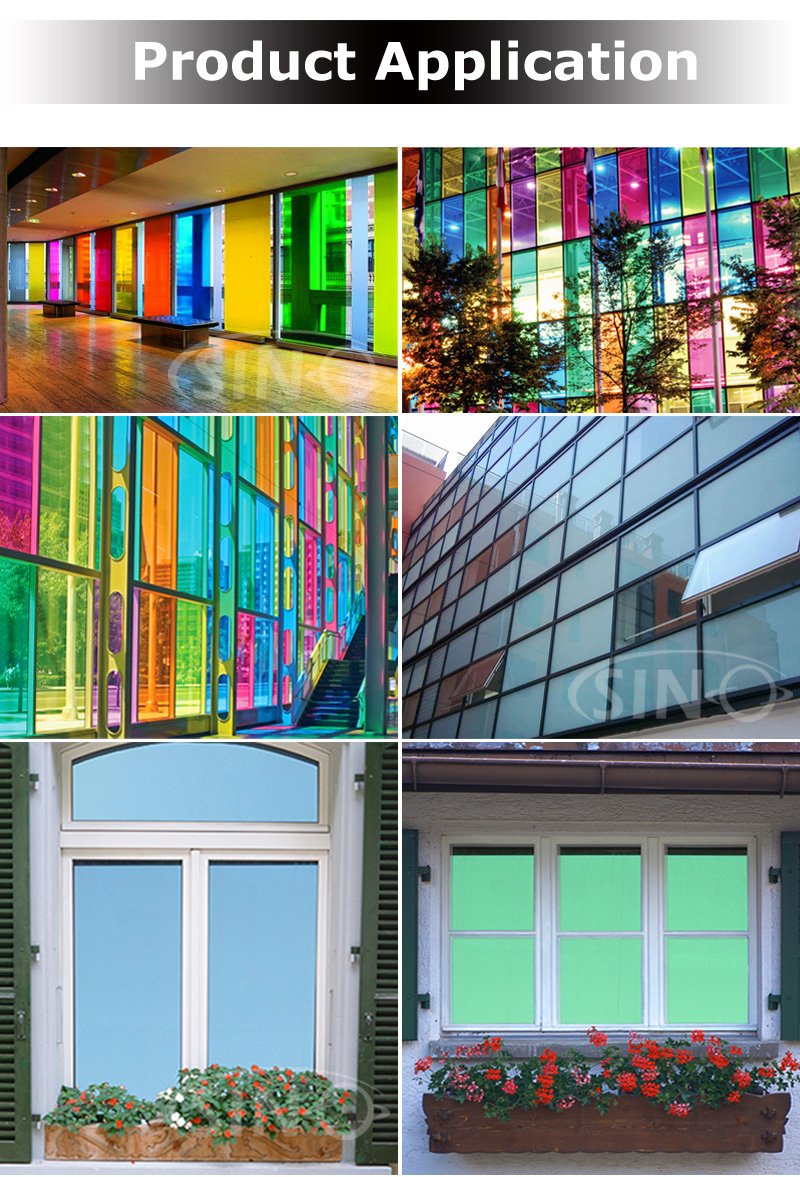
Step-by-Step Guide
Here is a detailed step-by-step guide for removing window film from glass:
Step 1: Gather Your Supplies
Before you begin, make sure you have all the necessary supplies:
– Hair dryer or heat gun
– Razor blade or scraper
– Spray bottle filled with soapy water (a few drops of dish soap in water)
– Paper towels or clean rags
– Plastic drop cloth or garbage bags (to catch debris)
– Protective gloves and safety glasses (optional but recommended)
Step 2: Prepare the Work Area
Lay down the plastic drop cloth or garbage bags to catch any debris or adhesive that may fall during the removal process. This will make cleanup much easier.
Step 3: Heat the Film
Plug in the hair dryer or heat gun and set it to a medium or low heat setting. Hold it about 6-8 inches away from the window and move it in a slow, steady motion. The goal is to warm the adhesive on the film, which will make it easier to peel off.
Step 4: Begin Peeling
Starting at one corner of the window, use your razor blade or scraper to lift the edge of the film. Be careful not to scratch the glass. Once you have a corner lifted, begin peeling it back slowly, keeping the heat source ahead of the peeling motion.
Step 5: Apply Soapy Water
As you peel the film, use the spray bottle filled with soapy water to mist the adhesive side of the film. This will help lubricate the process and prevent the adhesive from sticking to the glass.
Step 6: Continue Peeling
Continue to peel the film, keeping the adhesive side wet with the soapy water. If you encounter any stubborn spots, apply more heat and gently work the razor blade or scraper underneath.
Step 7: Remove Residual Adhesive
Once the film is completely removed, there may be some adhesive residue left on the glass. Spray a liberal amount of soapy water onto the adhesive and let it sit for a minute.
Step 8: Scrape off Residual Adhesive
Using the razor blade or scraper at a shallow angle, gently scrape off the adhesive. Be cautious not to apply too much pressure to avoid scratching the glass. If the adhesive is particularly stubborn, you can try using a specialized adhesive remover.
Step 9: Clean the Glass
After all the adhesive is removed, clean the glass thoroughly with a glass cleaner or a mixture of vinegar and water. Wipe it down with a clean, lint-free cloth.
Step 10: Final Inspection
Inspect the glass for any remaining adhesive or imperfections. If needed, repeat the cleaning process in those areas.
Tips:
– Always use caution when working with sharp tools and heat sources. Safety glasses and gloves are recommended.
– If the film is particularly old or stubborn, you may need to repeat the heating and peeling process multiple times.
– Patience is key. Take your time to avoid damaging the glass.
– If you encounter any difficulties, consider using a commercial adhesive remover specifically designed for this purpose.
By following these steps and tips, you should be able to successfully remove window film from glass. Good luck!

